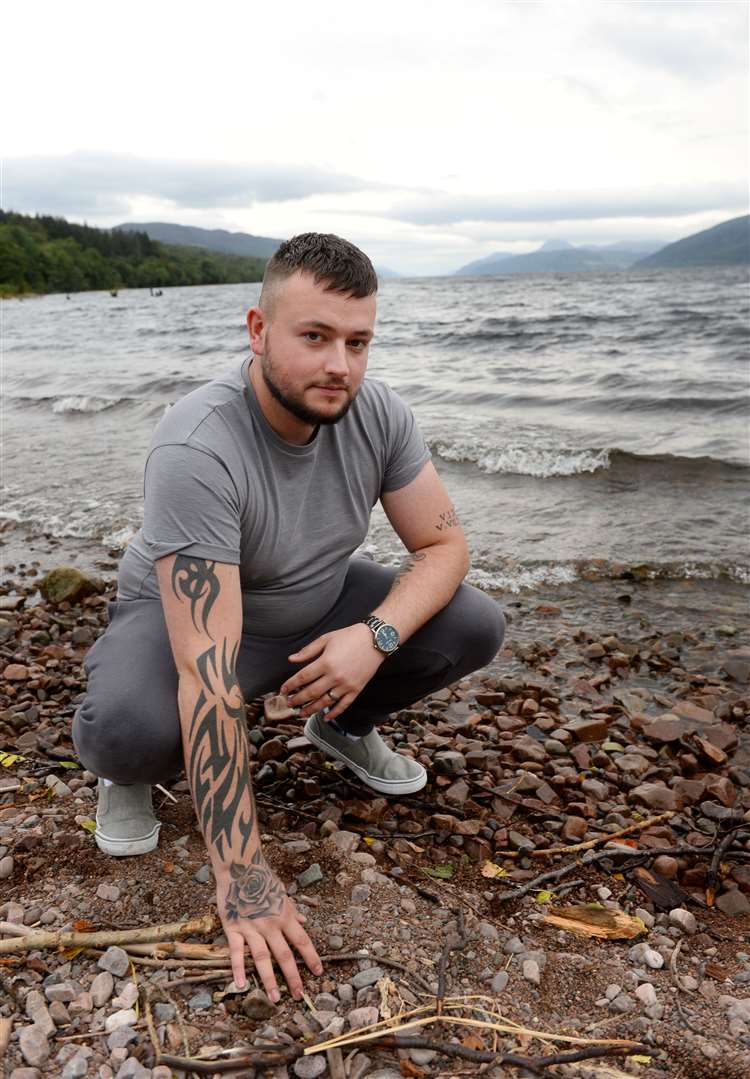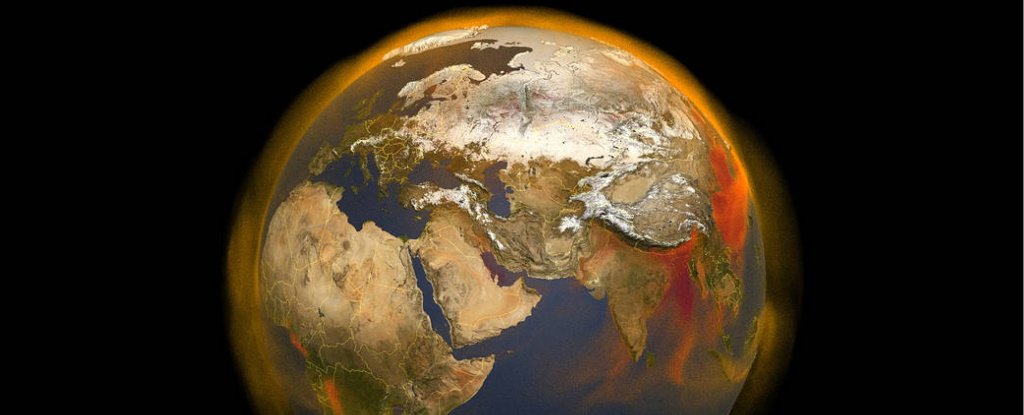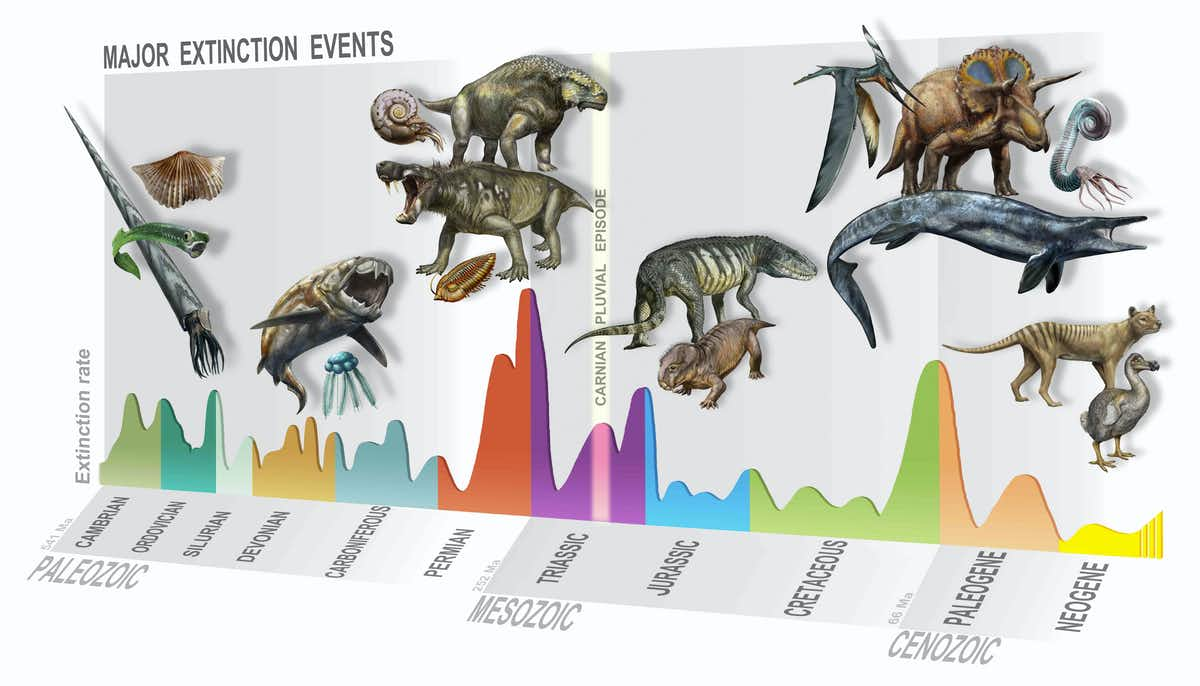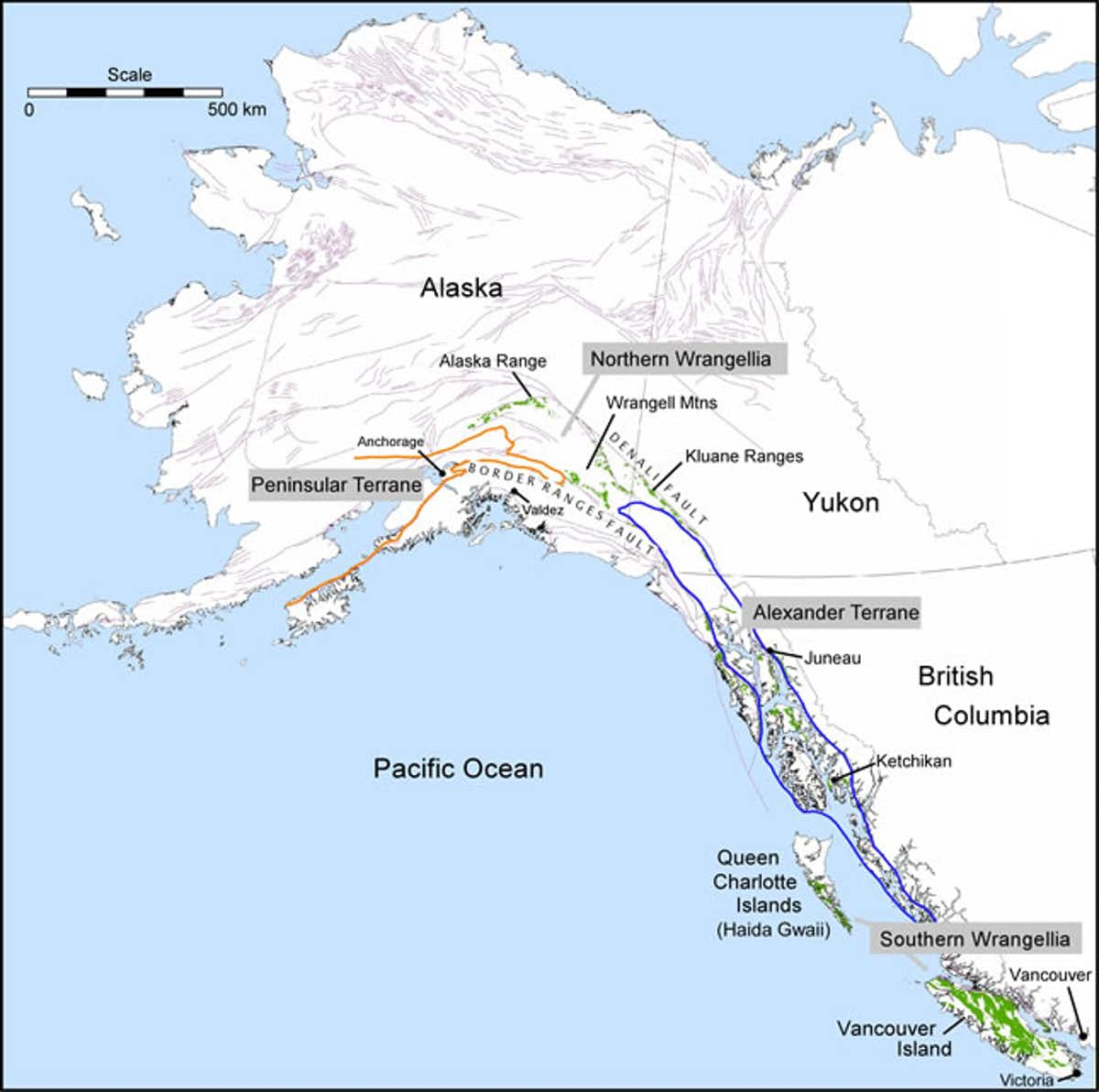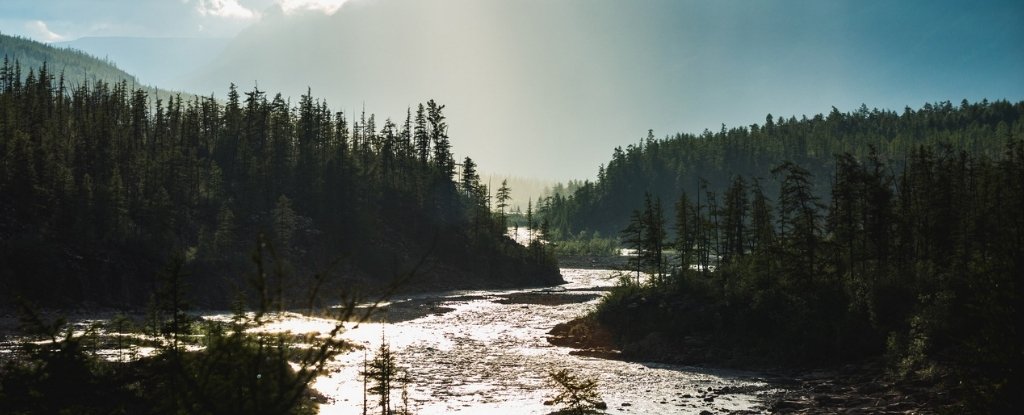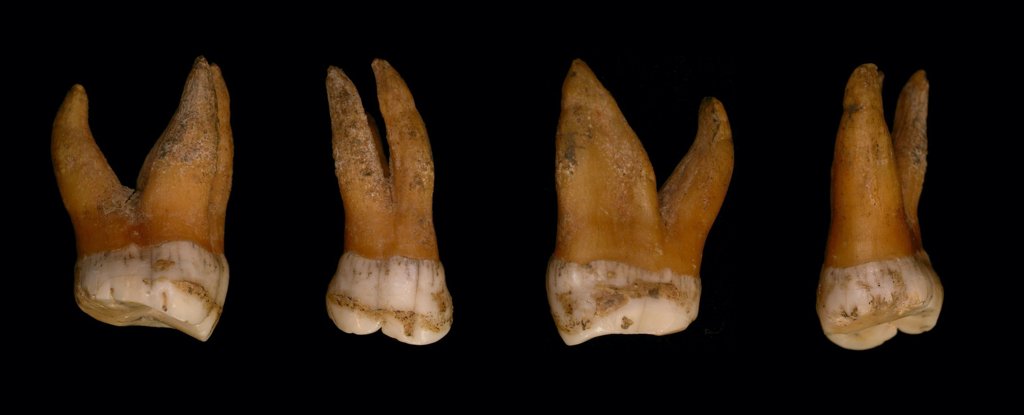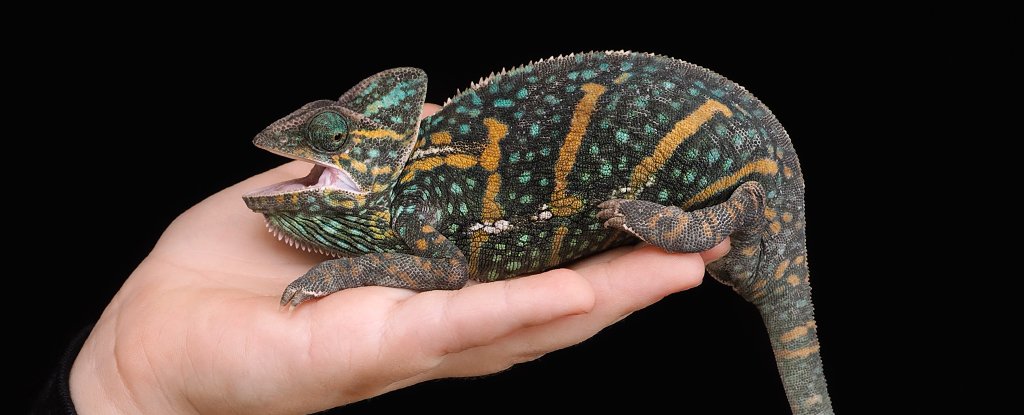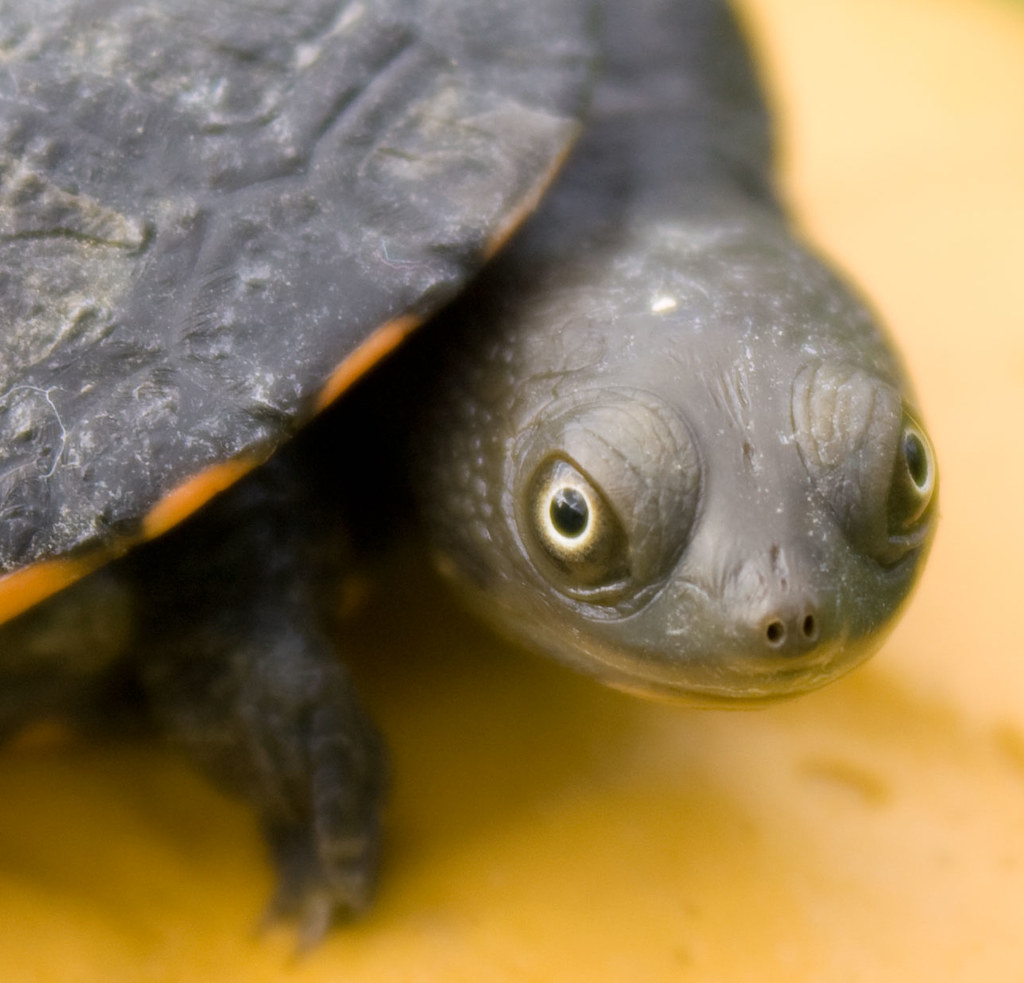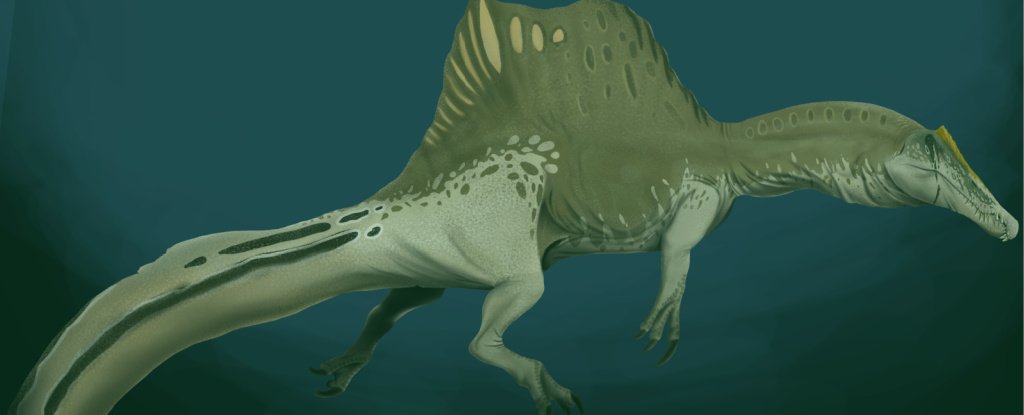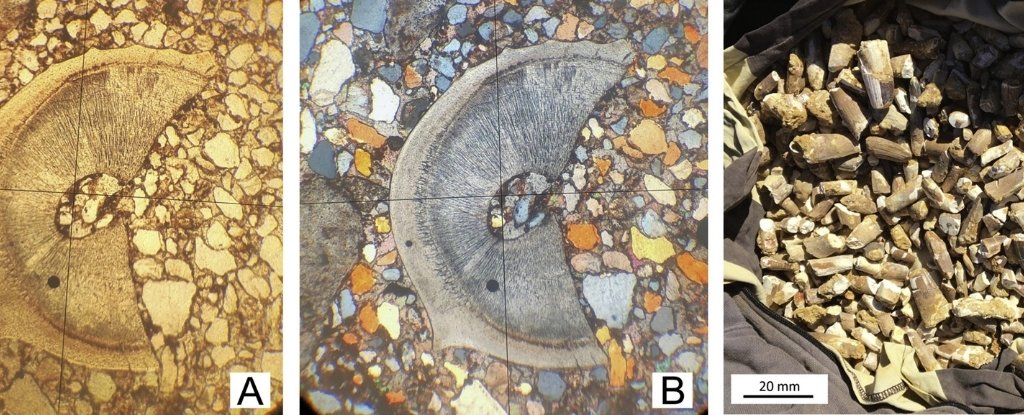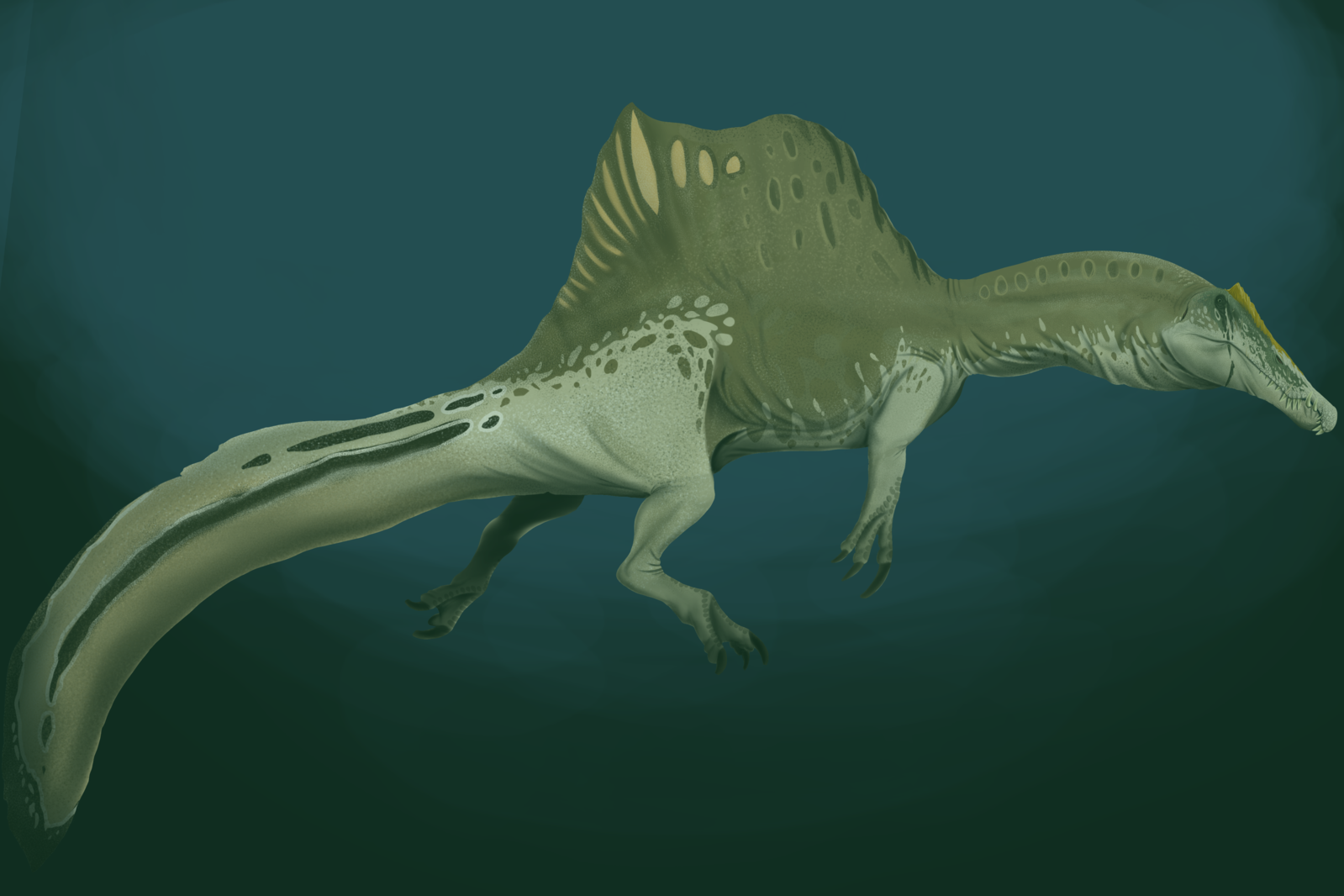Berlin Film Festival Report Reveals Founding Director Alfred Bauer Furthered The Nazi Agenda
Jake Kanter
6 hrs ago

© Giehr/picture-alliance/dpa/AP Images
The Berlin Film Festival has published research showing that its founding director Alfred Bauer contributed to the “functioning, stabilisation and legitimation” of the Nazi regime in Germany.
Bauer’s name was stripped from the Silver Bear Alfred Bauer Prize in February after German newspaper Die Zeit published a story alleging that he held a previously unknown “high-ranking position in the Nazi film bureaucracy.”
Berlinale commissioned the Leibniz Institute for Contemporary History to investigate the allegations, culminating in a research paper by PD Dr. Tobias Hof published today. Hof found that Bauer was an advisor to the Reichsfilmintendant, a Joseph Goebbels-created propaganda institution that controlled film production in the Nazi regime.
Summarising the findings, Berlinale said: “Alfred Bauer must have been aware of the important role of the Reichsfilmintendanz in the propaganda apparatus of the Nazi regime. His employment in the Reichsfilmintendanz contributed to the functioning, stabilisation and legitimation of the Nazi regime.”
The study also showed that he joined various National Socialist organizations from 1933, while after World War II he “tried to conceal his role in the Nazi regime through deliberately false statements, half-truths” and presented himself as an opponent of Hitler’s ideals.
Berlinale executive director Mariette Rissenbeek said: “The new and now scientifically researched findings about Alfred Bauer’s responsibilities in the Reichsfilmintendanz and his behaviour in the denazification process are startling. Nevertheless, they constitute an important element in the process of dealing with the Nazi past of cultural institutions which were founded after 1945.”
You can read Hof’s study for the Leibniz Institute for Contemporary History study here.




